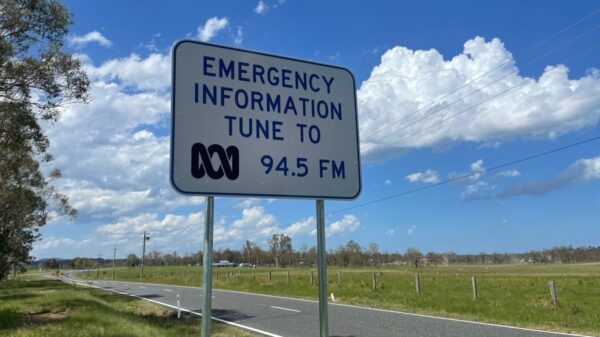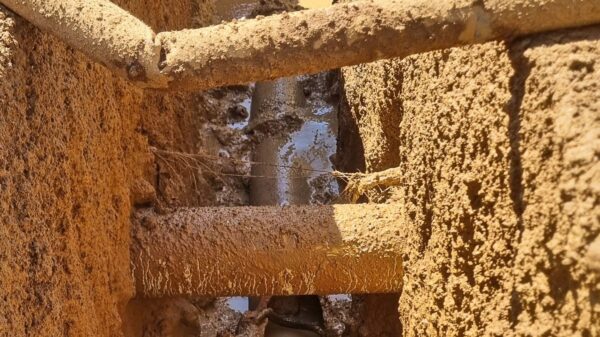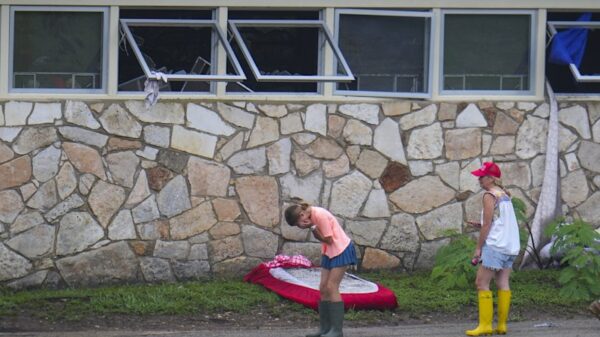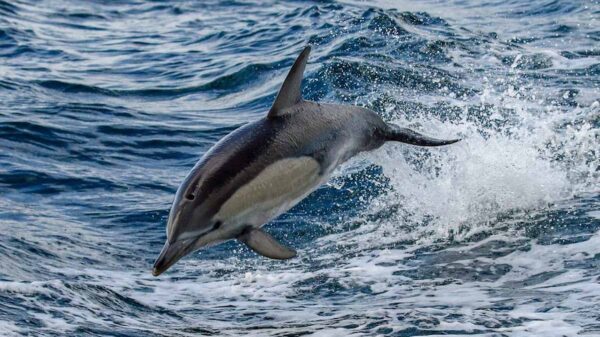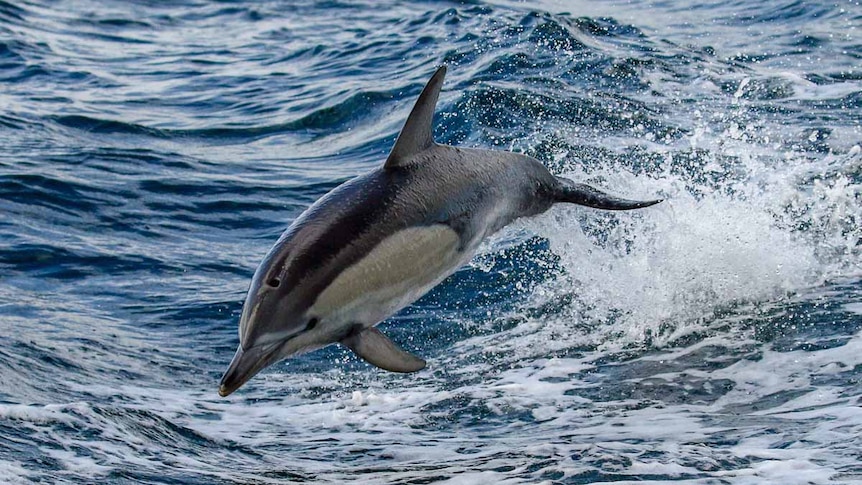The recent deaths of multiple dolphins near a salmon farm in Tasmania have sparked scrutiny of the operations of Huon Aquaculture. Tasmanian regulators are investigating the effectiveness of the farm’s “predator” nets, which are designed to protect both fish and marine wildlife from potential harm.
Reports indicate that at least six dolphins were found dead in the vicinity of the farm this month, raising alarms about the impact of aquaculture practices on local marine ecosystems. The deaths have led to increased public concern and prompted calls for a thorough examination of the measures in place to safeguard vulnerable species.
Concerns Over Environmental Impact
The Australian Marine Conservation Society has expressed alarm over the incident, emphasizing the need for better protection of marine life. According to spokesperson Dr. Jennifer L. Jones, the situation highlights a troubling trend in aquaculture where the balance between fish farming and wildlife preservation is often overlooked. “It’s critical that we assess the implications of these farming practices on local ecosystems,” Dr. Jones stated.
Huon Aquaculture has defended its operations, insisting that it adheres to all regulatory requirements designed to protect marine life. The company has stated that its nets are regularly inspected and maintained to prevent wildlife from entering the farm’s enclosures. Despite this, the deaths of the dolphins have raised questions about the effectiveness of these measures and whether they are sufficient to mitigate risks.
Next Steps for Regulators
Tasmanian authorities are currently reviewing the situation and have indicated they will conduct a comprehensive investigation into the circumstances surrounding the dolphin fatalities. This includes analyzing environmental conditions, the state of the predator nets, and any other factors that may have contributed to the deaths.
The outcome of this inquiry could have significant implications for Huon Aquaculture and the broader aquaculture industry in Tasmania. If deficiencies are found, the company may face stricter regulations or additional requirements to enhance wildlife protection measures.
As the investigation unfolds, the focus remains on ensuring the safety of marine species while balancing the demands of the salmon farming industry. The incident serves as a reminder of the ongoing challenges faced by aquaculture operations worldwide as they navigate environmental responsibilities alongside commercial objectives.


